UV Laser Engraver vs. Blue Diode Laser Engraver [Comparison]
Choosing between a UV laser engraver and a blue diode laser can feel confusing—especially when both seem to promise “precision,” “speed,” and “professional results.”
But the truth is, these two machines work very differently, and each one shines in its own way.
Whether you’re a hobbyist cutting wood at home or a maker who needs crisp markings on plastics and glass, this guide breaks down the real differences in power, precision, materials, and applications.
By the end, you’ll know exactly which laser fits your projects and budget.
What Is a Blue Diode Laser Engraver
A blue diode laser engraver is a type of desktop engraving machine that uses a 450nm blue-light diode laser as its light source.
It’s the most common laser type found in hobby and entry-level engraving machines because it’s affordable, stable, energy-efficient, and easy to maintain.
Blue diode lasers create a small, focused beam that heats and burns the surface of a material, allowing the machine to engrave patterns, cut thin materials, and create detailed designs.
They are great for wood, leather, dark acrylic, paper, and coated metals, but they do not work well on clear acrylic, glass, or shiny metals due to low absorption at 450nm.
Below are the common power levels found in blue diode laser engravers:
- 5W — Entry Level: Light engraving and cutting 1–2 mm wood.
- 10W — Standard Hobby Level: Best balance of price and performance; cuts 2–5 mm wood.
- 20W — High-Power Hobby Level: Faster cuts and deeper engraving; cuts 6–10 mm wood.
- 30W–40W — Semi-Professional Level: High efficiency and strong cutting power; cuts 10–15 mm wood.
- 40W+ — Production-Oriented and Heavy-Duty Use: Multiple diodes combined for maximum output; designed for users who cut thick wood or run frequent jobs.
What Is a UV Laser Engraver
A UV laser engraver is a high-precision engraving machine that uses a 355 nm ultraviolet laser to mark materials with extremely fine detail and almost no heat damage.
Unlike blue diode lasers, which burn or melt the surface, a UV laser uses “cold marking”—its short wavelength is absorbed quickly by most materials, allowing it to mark plastics, glass, ceramics, and metals with crisp, clean edges.
Because of this high absorption and low heat, UV lasers are commonly used for electronics, medical parts, plastics, barcodes, fine text, QR codes, and high-end product labeling.
They are significantly more precise than hobby-grade lasers and are often considered industrial-grade tools.
Below are the common power levels found in UV laser engravers:
- 1W — Entry-Level Industrial UV: Perfect for ultra-fine markings on plastic, coated metal, and PCB components. Produces clean micro-text and tiny barcodes.
- 3W — Standard UV for Small Businesses: A good balance of detail and speed. Ideal for plastics, glass, ceramics, medical devices, and consumer products.
- 5W — High-End Precision UV: Faster marking, deeper micro-engraving, and better performance on glass and ceramics. Often used for professional product labeling and small-batch industrial work.
- 10W+ — Advanced Industrial UV: Used for high-volume manufacturing lines. Offers extremely fast marking speeds and highly stable performance.
Key Differences Between UV and Blue Diode Lasers
Here is a comprehensive sheet to help you clearly understand the differences between UV and blue diode lasers.
|
Feature |
UV Laser Engraver (355 nm) |
Blue Diode Laser Engraver (450 nm) |
|
Wavelength |
355 nm (ultraviolet) |
445–455 nm (blue light) |
|
Engraving Style |
Cold marking (no heat damage) |
Thermal engraving (burning/melting) |
|
Absorption |
Extremely high (almost all materials) |
High for wood/dark materials; poor for clear/glass/metals |
|
Precision |
Ultra-fine, micro-detail |
Moderate (good but not micro-level) |
|
Best For |
Plastics, glass, ceramics, PCBs, coated metals |
Wood, leather, rubber, dark acrylic |
|
Cutting Ability |
Very low (marking only) |
Good cutting on organic materials |
|
Edge Quality |
Clean, sharp, no charring |
Burn marks possible on wood |
|
Machine Complexity |
High (DPSS/industrial) |
Low (simple diode modules) |
|
Cost |
High |
Low–Medium |
|
Ideal Users |
Industrial, electronics, professional marking |
Hobbyists, makers, small crafts |
Material Performance Comparison between Diode and UV Laser
For most users, it’s easiest to group materials into metal, non-metal, transparent, and non-transparent categories.
This helps clearly show how UV and blue diode lasers perform on different types of materials.
1. Metal
|
Metal Types |
UV Laser (355 nm) |
Blue Diode Laser (450 nm) |
|
Bare Metals |
Good (micro-marking) |
Very poor (needs coating) |
|
Anodized Metals |
Excellent |
Good |
|
Coated / Painted Metals |
Excellent |
Good (marks coating only) |
|
PCB Copper |
Excellent |
Not suitable |
2. Non-Metal (Opaque / Non-Transparent)
|
Material |
UV Laser |
Blue Diode Laser |
|
Wood |
Fair (surface only) |
Excellent cutting & engraving |
|
Dark Acrylic |
Good |
Excellent |
|
Leather |
Good |
Excellent |
|
Rubber |
Good |
Good |
|
Paper / Cardboard |
Very clean |
Excellent |
|
Opaque Plastics |
Excellent |
Moderate |
3. Transparent / Light-Colored Materials
|
Material |
UV Laser |
Blue Diode Laser |
|
Clear Acrylic |
Very good |
Cannot engrave |
|
White Acrylic |
Excellent |
Cannot engrave |
|
Glass |
Very good |
Very poor |
|
Transparent Plastics |
Excellent |
Poor |
|
White Ceramics |
Excellent |
Poor |
In short:
- UV laser = best for marking more materials with high precision (especially metals, plastics, glass).
- Blue diode laser = best for cutting and engraving organic opaque materials (especially wood and leather).
Which One Should You Choose
Choosing between a UV laser engraver and a blue diode laser comes down to what materials you work with and what kind of results you need.
If your main goal is cutting wood, engraving leather, or doing general craft projects, a blue diode laser is the more practical and budget-friendly choice.
It’s great for hobby users and small workshops who mostly work with opaque, organic materials.
But if you need to mark plastics, glass, ceramics, coated metals, or produce very fine text and detailed graphics, a UV laser is far superior.
Its ultra-short wavelength delivers precision that blue diodes can’t match, especially on transparent or light-colored materials.
UV lasers are ideal for professionals, electronics makers, and anyone who needs clean, high-contrast marking without heat damage.
In simple terms:
- Choose a blue diode laser if you want versatile engraving and cutting for crafts and woodwork.
- Choose a UV laser if you need industrial-grade marking on plastics, glass, ceramics, and metals.
The End
Both UV and blue diode laser engravers are great tools, but they serve different needs.
Blue diode lasers are ideal for hobbyists who want affordable, reliable cutting and engraving on wood, leather, and other opaque materials.
UV lasers excel when you need ultra-fine detail on plastics, glass, ceramics, and coated metals.
Choosing the right machine simply depends on your materials and goals.
Match the laser to your project, and you’ll get cleaner results and a smoother workflow every time.









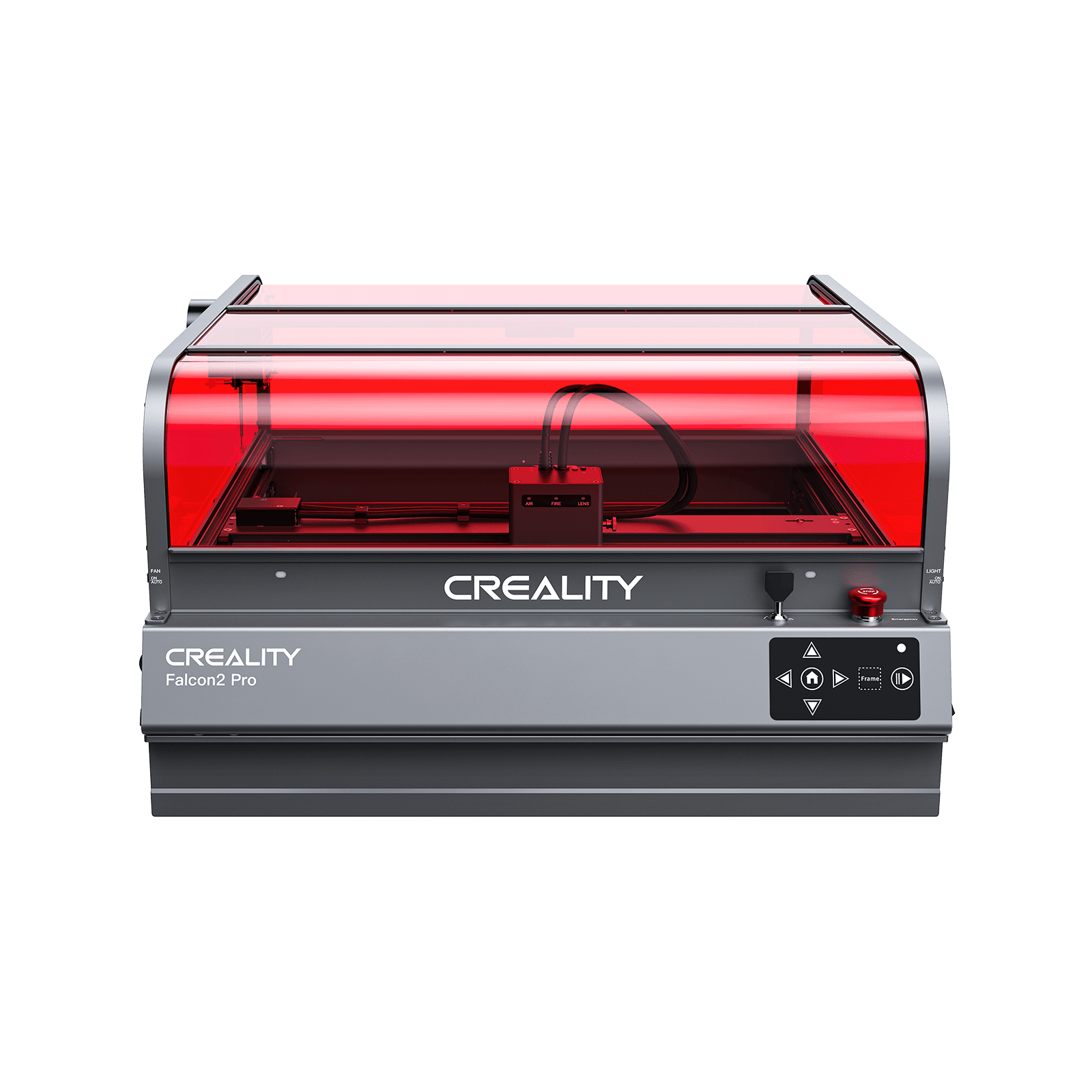






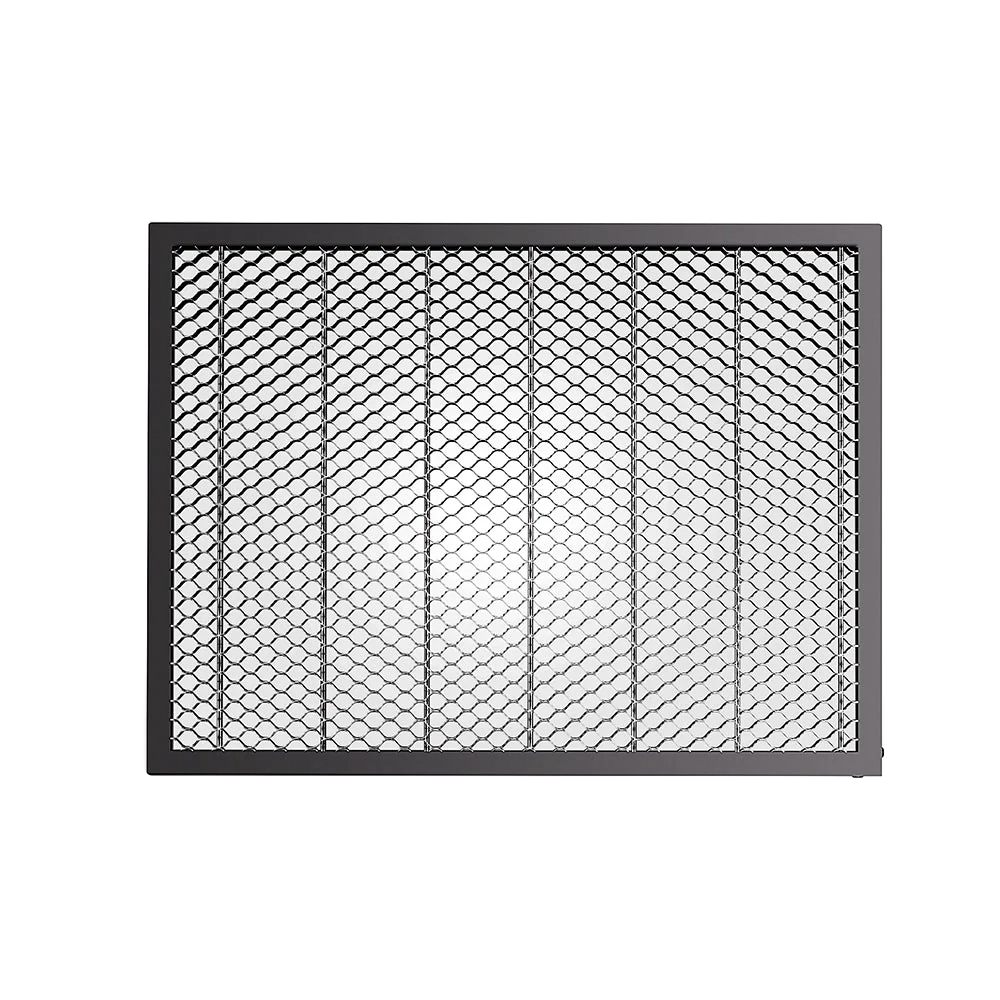







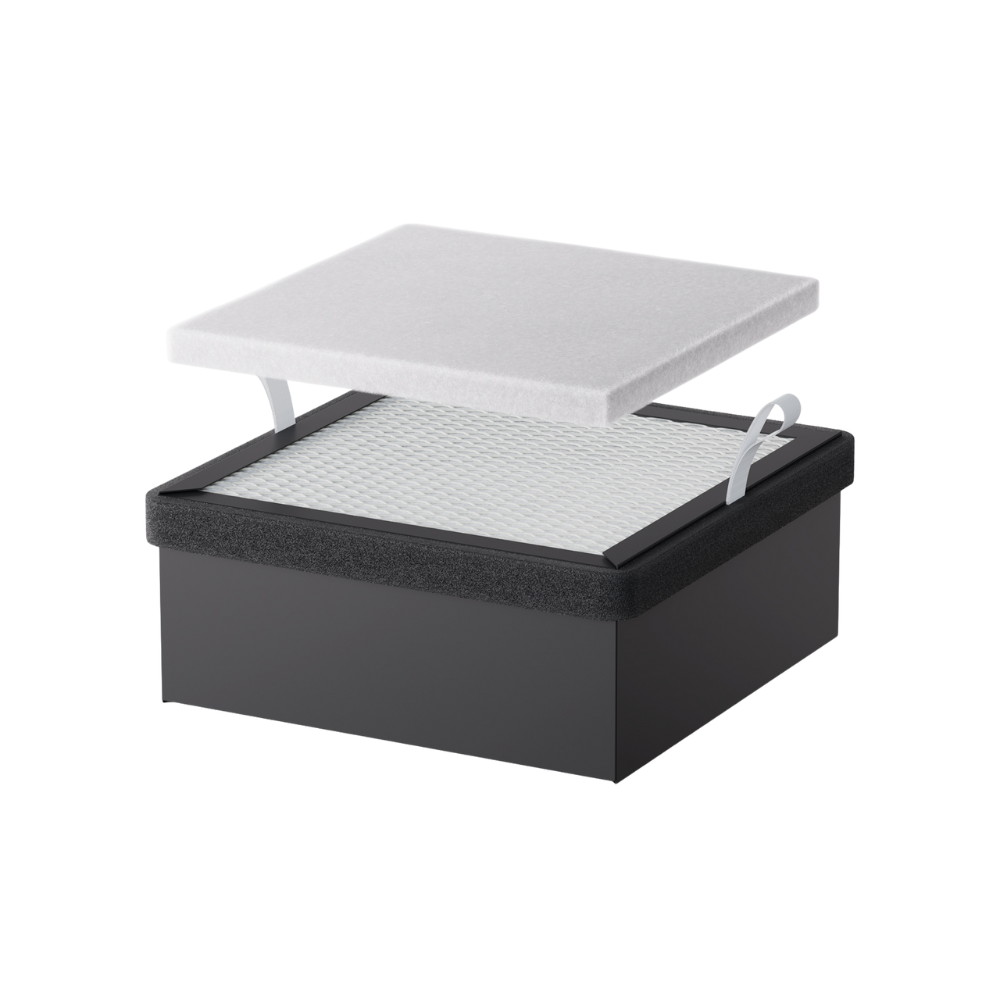







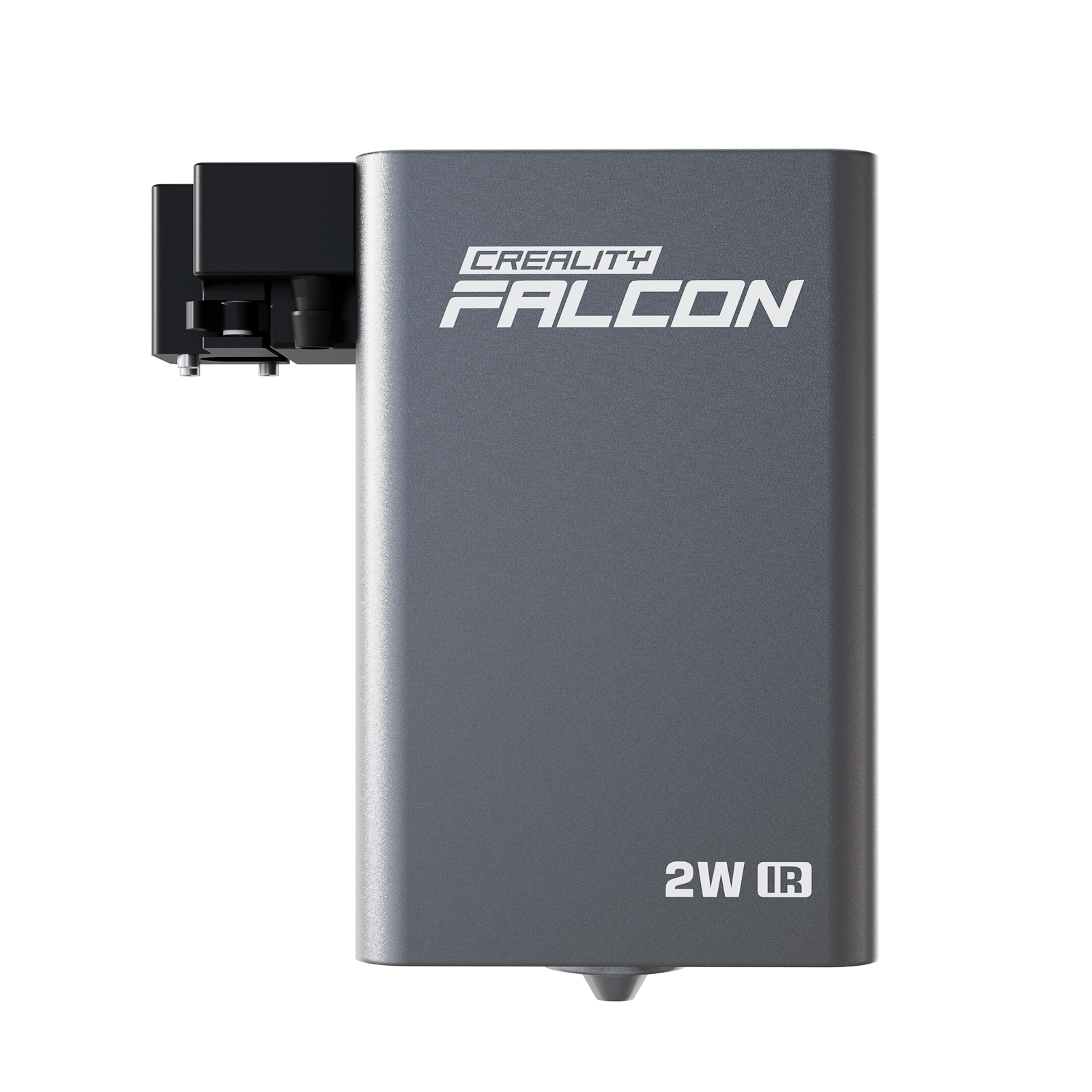













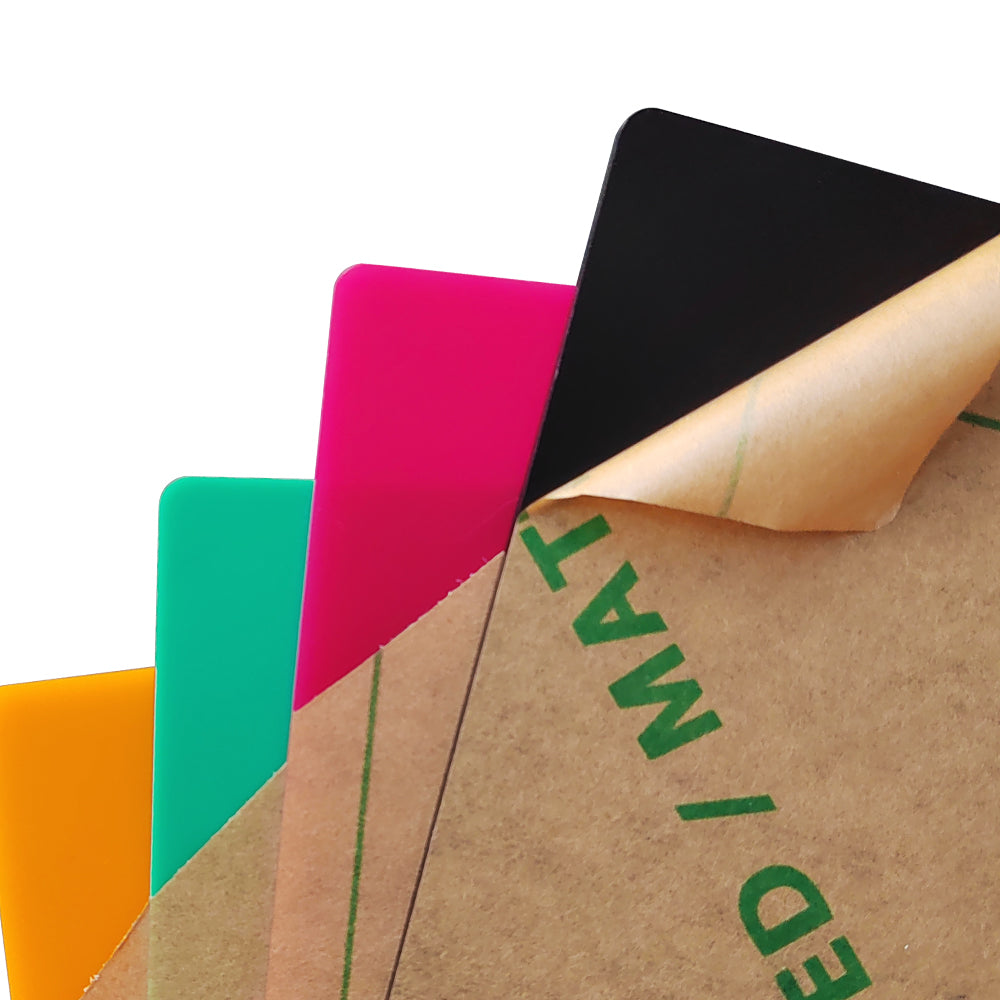




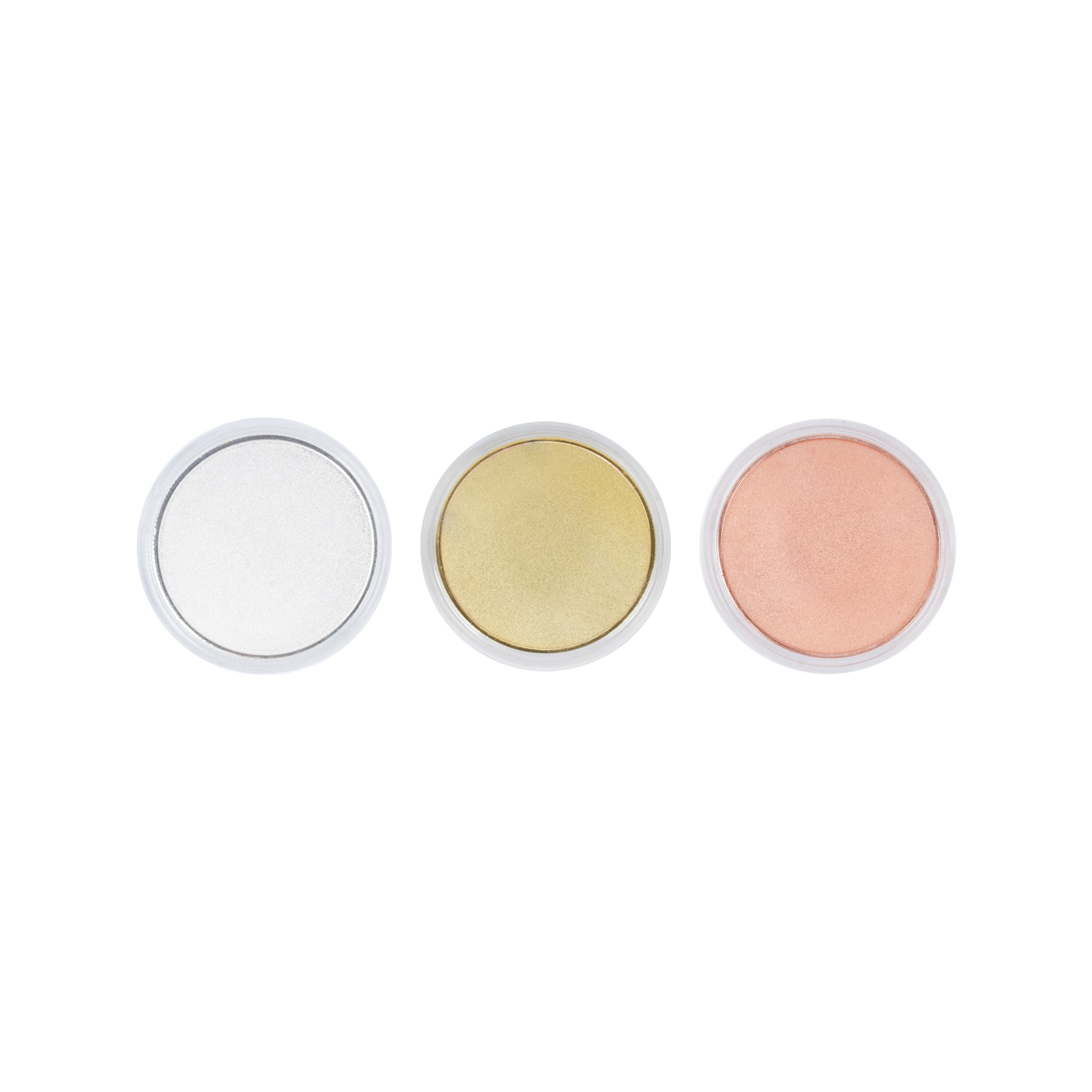
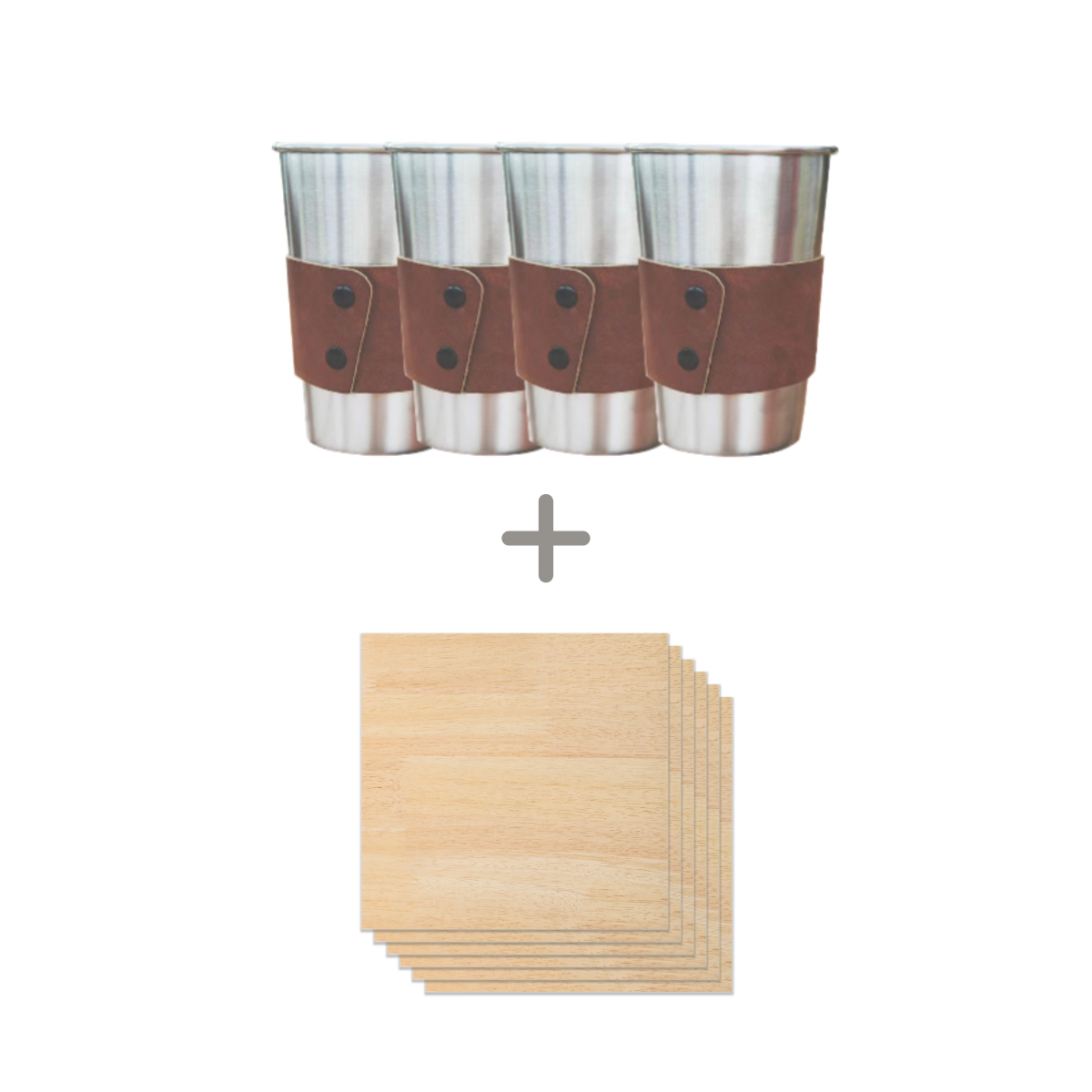



![UV Laser Engraver vs. Blue Diode Laser Engraver [Comparison]](http://www.crealityfalcon.com/cdn/shop/articles/featured-image-of-uv-laser-engraver_14f19b43-525e-40b5-b098-6ed0b1bc5bdf_1100x.webp?v=1763705356)

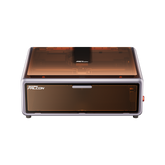

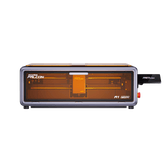
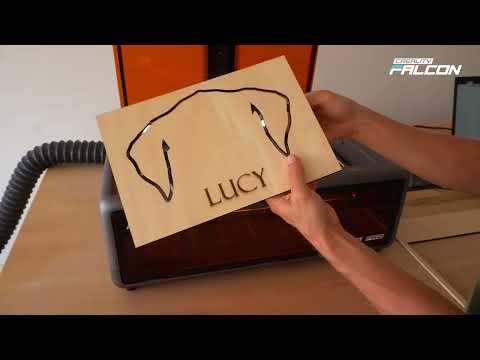
Leave a comment
Please note, comments need to be approved before they are published.